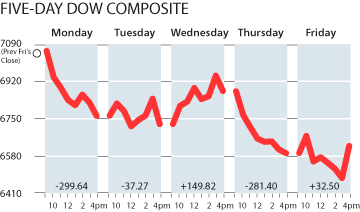We're all advised by the experts to diversify our financial portfolio. One way to do this is through balanced mutual funds or picking mutual funds that invest in different sectors or have different objectives. But if you want to diversify by adding other financial assets to your stock holdings then take a look at the correlation between stocks and how you plan to diversify.
In the world of finance, correlation is a statistical measure of how two securities move in relation to each other. Correlations are used in advanced portfolio management.
Notes: Correlation is computed into what is known as the correlation coefficient, which ranges between -1 and +1. Perfect positive correlation (a correlation co-efficient of +1) implies that as one security moves, either up or down, the other security will move in lockstep, in the same direction. Alternatively, perfect negative correlation means that if one security moves in either direction the security that is perfectly negatively correlated will move by an equal amount in the opposite direction. If the correlation is 0, the movements of the securities is said to have no correlation, it is completely random. If one security moves up or down there is as good a chance that the other will move either up or down, the way in which they move is totally random.In real life however you likely will not find perfectly correlated securities, rather you will find securities with some degree of correlation. For example, the performance of two stocks within the same industry is strongly positively correlated although it may not be exactly +1.
So if you want to diversify or complement your stock holdings then look for assets that have a negative correlation, with a perfect negative correlation being -1. More tomorrow.
Friday, April 4, 2008
Subscribe to:
Post Comments (Atom)



No comments:
Post a Comment